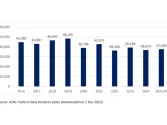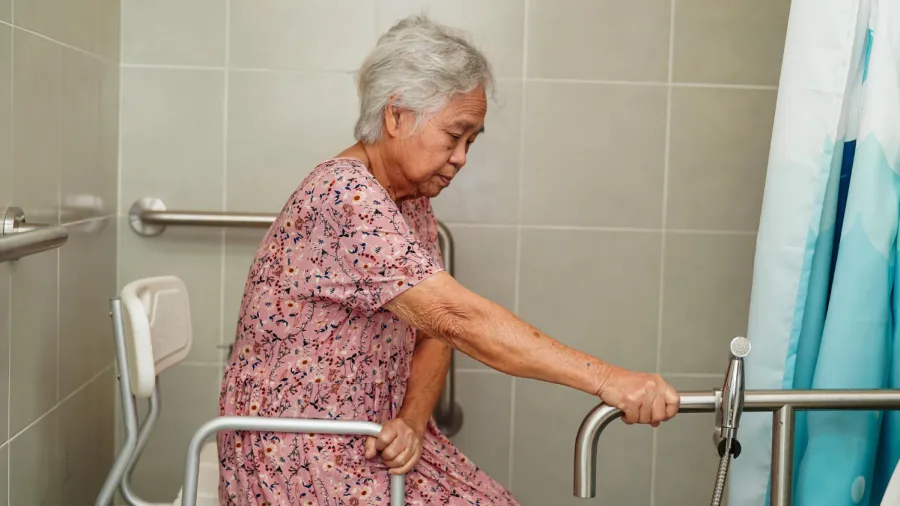
Retirement planning fuels market for home upgrades
Senior-focused remodellers could grow from fewer than 10 to hundreds in 10 years.
Seniors preparing for safer retirement living are driving the demand for home renovation services in Hong Kong, where they are emerging as a key business opportunity as a fifth of the population turns 65 or older within the decade.
Installing railings and non-slip floors in the bathroom or stairs, replacing poor lighting and making the floor as open as possible for wheelchair or walker access are just some of the aging-in-place changes that the elderly may need.
"The growing senior population, combined with cultural shifts such as younger family members emigrating, has increased the urgency for elderly-friendly home environments," Vera Yuen, who teaches economics at HKU Business School, told Hong Kong Business.
“The pandemic has also accelerated demand as seniors and their families prioritise health and safety at home,” she said in an emailed response.
Global demand for services needed by people who don’t want to live in retirement homes is set to balloon by 60% by 2030, and she expects Hong Kong, where the market is worth about $1b, to follow the trend.
Lawrence Lui, executive director at elderly-focused home renovation service provider Longevity Design House & Longevity Technology, expects the number of industry players to grow from fewer than 10 to hundreds in the next 10 years.
“At the moment, we are still a niche market, but 10 years later, it will become a core business opportunity because one-fifth of Hong Kong’s population will be over 65,” he told Hong Kong Business in a Zoom interview.
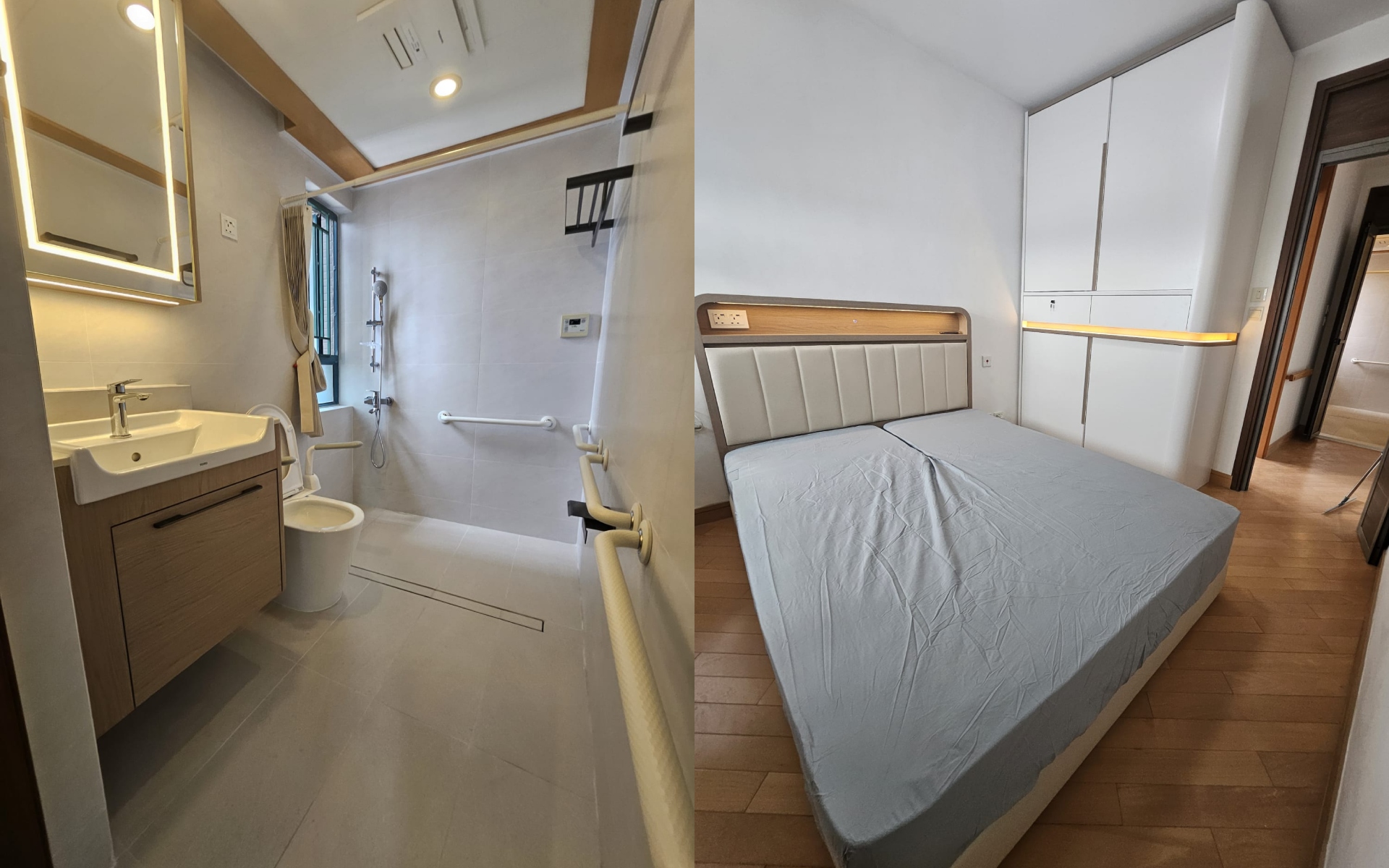
Each year, as many as 30,000 households will need home remodelling for elderly members with long-term illnesses such as dementia or stroke. About 10,000 households with healthier seniors will also seek these services, he added.
Lui said 70% of their clients are elderly people with serious ailments, and he expects more healthy seniors to soon invest in better aging-in-place environments.
Yuen said state subsidies for renovation checks could boost the demand for these services.
The CUHK Jockey Club Institute of Ageing said aging-in-place services have low uptake in Hong Kong because of high installation costs and limited space in smaller homes.
Unlike other markets like Taiwan, Hong Kong does subsidise home remodelling for old people with physical conditions. It does, however, offer limited reimbursement for home maintenance work to low-income seniors, Lui pointed out.
Lui said aging-in-place services cost $2,000 to $3,000 for handrail installation, about $100,000 for bathroom works, and $1,000 per square foot for an entire home upgrade. Some families spend as much as $1m for major changes including wheelchair access, Yuen said.
Setting industry standards and training handymen in age-friendly modifications could improve scalability and make services more accessible, Yuen said.
Certifying service providers could open the door for more partnerships with the healthcare sector to drive market growth, Lui said.
“Right now, hospitals don’t directly recommend home modification business operators because there’s a lot of liability and uncertainty, and they just refer occupational therapists to assess what’s needed in patients’ homes,” he pointed out.
He said Longevity Design House works with occupational therapists, but some small players don’t, giving them an edge in the market.
New entrants could set themselves apart by providing custom solutions based on a client’s physical condition, preferences, and budget, Yuen said.
They could also adopt smart home tech and safety innovations, such as alerts to family members when sensors detect unusual activity at home, she added.
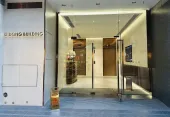

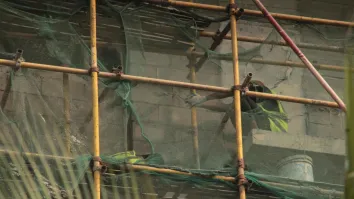
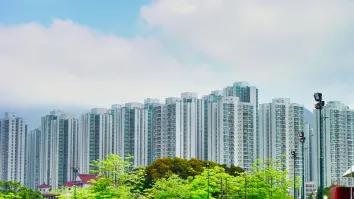















 Advertise
Advertise
